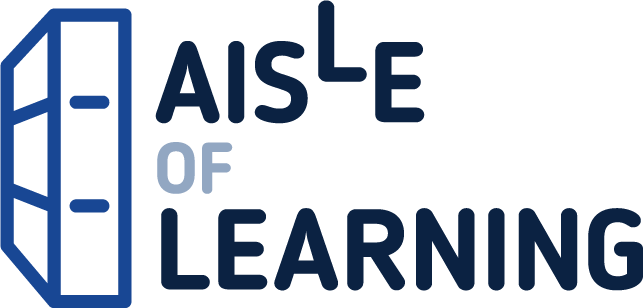A web-based textbook for understanding the basics of structural formula in organic chemistry, especially their stereochemistry, and to be able to draw various structural formulae. This is “Organic Chemistry Basic Stereochemistry~You can learn by solving the problems!~” This book contains explanations about “Stereochemistry” in organic compounds, and is useful for acquiring basic knowledge of organic chemistry in the first or second year of university. The book includes practice questions for learning the conformation of cyclohexane and 23 questions on stereochemistry (chair-conformation, RS designation, Fischer projection, Newman projection, etc.), allowing you to check what you have learned on the spot and preparing you well for exams. The book can be used in conjunction with my “Organic Chemistry Basic Reaction Mechanism” to cover the basic university organic chemistry studies! Table of Contents (Total 81 pages) 1. [Important] How to express the structural formula of an organic compound 2. Classification of isomers (constitutional isomers and stereoisomers) 3. Constitutional isomers 4. Classification of stereoisomers (Part 1: conformational isomers) 5. Conformational isomers 5-1. Conformation of ethane 5-2. Relationship between the dihedral angle of ethane and energy 5-3. Relationship between the dihedral angle of butane and energy 5-4. Conformation of cyclohexane: ring flip 5-5. Tips on how to draw cyclohexane chair form 5-6. Conformation of methylcyclohexane [Exercises] Let’s draw the two chair conformations of dimethylcyclohexanes. 6. Classification of stereoisomer (Part 2: configurational isomer/enantiomer) 6-1. Chirality 6-2. What is the relationship between the right hand and the left hand? 6-3. Molecules with right- and left-hand relationships 6-4. Chiral and achiral molecules 6-5. What creates chirality? 6-6. Relationship between stereochemistry and biological activity 6-7. Stereochemistry in enzymatic reaction 6-8. Example of enantiomer 6-9. Cahn-Ingold-Prelog priority rules for RS designation 6-10. Application of the RS designation (Part 1: explanation of Q5) 6-11. Application of the RS designation (Part 2: explanation of Q7) 6-12. Examples of application of the CIP priority rules 7. Fischer projection 7-1. How to draw Fischer projection 7-2. Fischer projection with multiple chiral carbon atoms 7-3. Notes on moving the Fischer projection 8. Classification of stereoisomer (Part 3: configurational isomer/diastereomer). 8-1. Example of diastereomer 1: cis-trans isomer of 2-butene 8-2. E-Z designation of alkenes 8-3. Example of diastereomer 2: stereoisomers of threonine 8-4. Example of diastereomer 3: erythrose and threose 8-5. Example of diastereomer 4: stereoisomers of tartaric acid 9. DL designation 9-1. DL designation of amino acids 9-2. DL designation of monosaccharides 9-3. Structure and Fischer projection of D-glucose 10. [Supplementary] Prochirality 10-1. pro-R & pro-S 10-2. Re-face & Si-face Prohibited Matters: 1. This medium is protected by copyright. Unauthorized reproduction or reprinting is strictly prohibited. 2. Transfer, distribution, or resale of the data in this medium to third parties is strictly prohibited.
Organic Chemistry Basic Stereochemistry: You can learn by solving the problems!
$24.99
This textbook provides foundational knowledge and practice problems in organic chemistry, essential for advanced high school or university-level science education.
Additional information
| Weight | 0.136 lbs |
|---|---|
| Dimensions | 12.8 × 0.5 × 18.2 in |




![[(Ying Yong Bian )] Next.js / Vercel & microCMSdeburogusaitoZhi Zuo huruMAXver|Quan Wen Jian Suo *#taguJian Suo gaXue beru|Gong Kai saitogaShang Yong Li Yong Ke Neng |Zui Xin AppRouter|Quan rendaringuDui Ying |APIChu Li Jie Shuo |po-tohuorioZhi Zuo *Ji Chu Xue Xi niZui Shi (Vercel & Next.jsWan Quan Ban ) (Japanese Edition)](https://m.media-amazon.com/images/I/61E3CjFqj-L.jpg)


Reviews
There are no reviews yet.